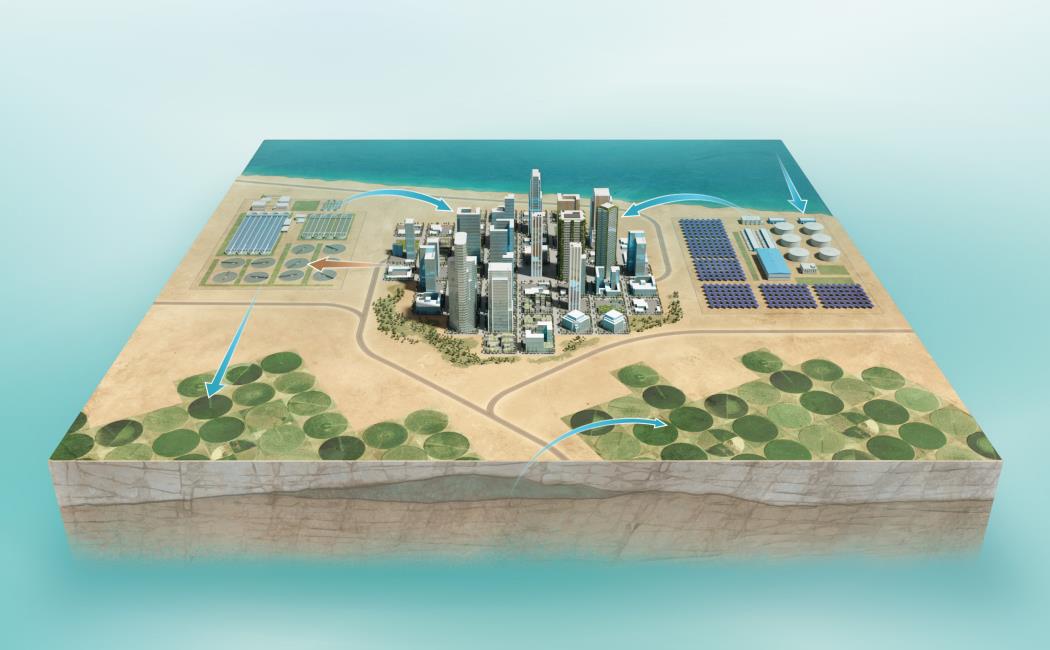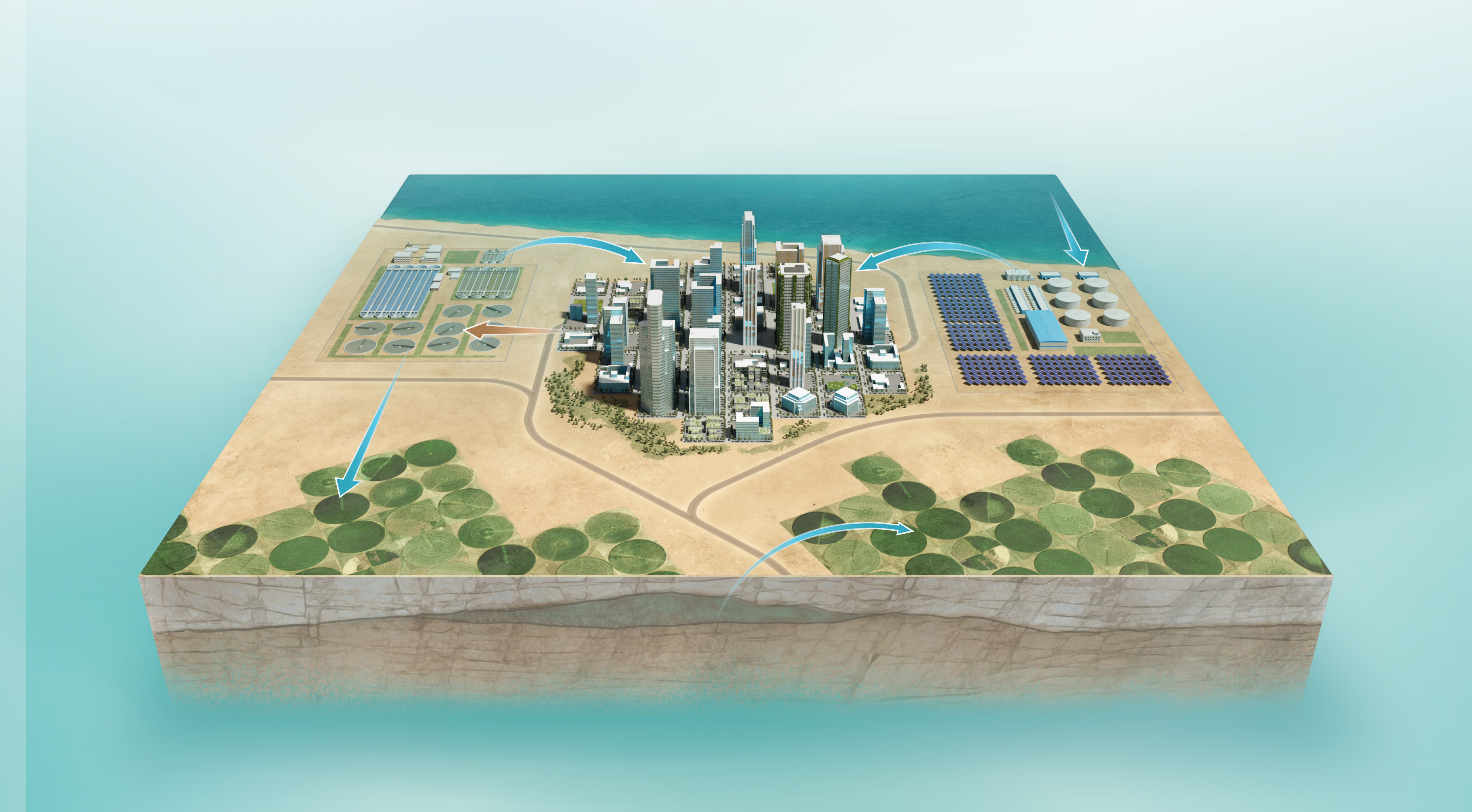


01 February, 2024

KAUST researchers highlight the importance of tailoring urban greening initiatives for specific contexts, with a focus on challenges and solutions for the Middle East. © 2024 KAUST; Xavier Pita.
One size does not fit all when it comes to urban greening initiatives. This is the message from KAUST scientists Pei-Ying Hong, Himanshu Mishra, Daniele Daffonchio and Matthew McCabe in a recently published comment in the journal Nature Water [1]. The authors highlight the critical role of water in restoration of degraded lands while proposing a pathway for greening initiatives in a Middle East context.
“Urban greening will need to be a major part of efforts to deliver more sustainable water use in the Middle East while also enhancing livability,” says Hong, who leads a team developing energy efficient wastewater-treatment processes.
In many parts of the world, large-scale afforestation can be used to restore degraded landscapes. However, in the Middle East — one of the most water-stressed regions in the world — the use of large-scale tree planting is limited by the availability of fresh water.